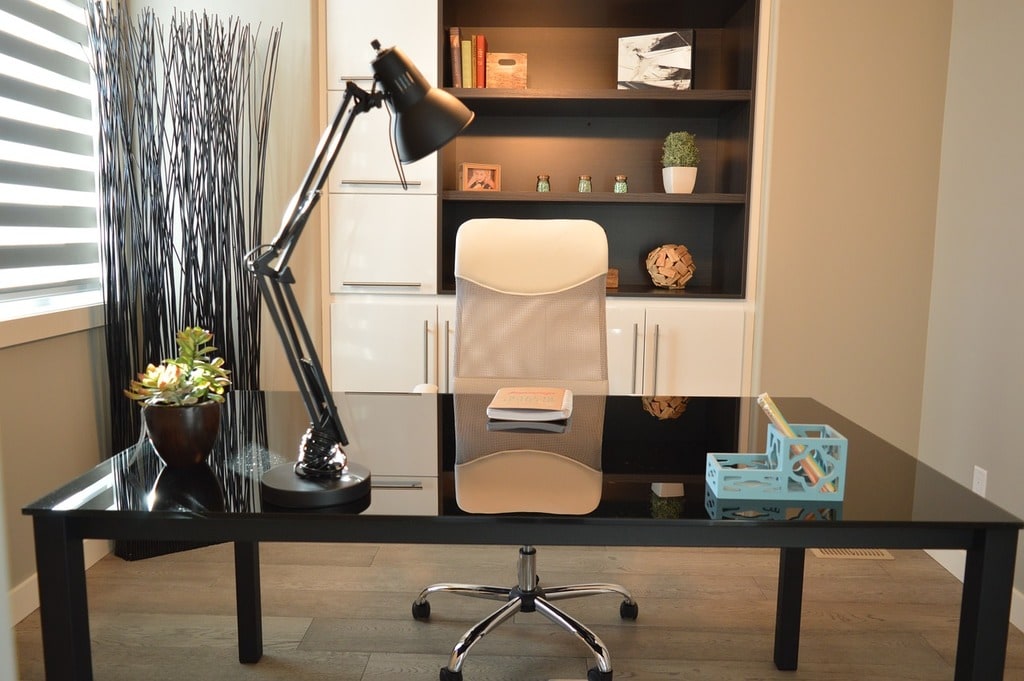Starting a home business can be an exciting venture, but it comes with the challenge of creating a functional and efficient workspace within your home. Proper construction and setup are key to ensuring your home business operates smoothly and successfully. This article provides essential construction tips for setting up a home business, focusing on optimizing space, ensuring comfort, and maintaining productivity.
Essential Tips for Constructing Your Home Business Setup
When constructing a workspace for your home business, it’s vital to consider the specific needs of your business activities. The layout, lighting, ventilation, and noise control are fundamental elements that will impact your daily operations. A well-thought-out construction plan can significantly enhance your working environment.
One of the first steps is identifying a suitable location within your home. Ideally, choose a space that is quiet, private, and away from high-traffic areas. This will help minimize distractions and maintain a professional atmosphere. Converting a spare bedroom, basement, or attic into an office can be effective options.
Optimizing Your Workspace Layout
The layout of your workspace plays a significant role in how efficiently you can work. Consider the flow of movement and the accessibility of various tools and resources. Your desk should be positioned to take advantage of natural light, and storage solutions should be within easy reach.
A clutter-free environment enhances productivity. Invest in ergonomic furniture to ensure comfort during long working hours. Adjustable chairs, desks, and monitor stands can help prevent strain and injuries. Incorporate ample storage options like shelves, cabinets, and drawers to keep your workspace organized.

Lighting and Ventilation
Proper lighting is essential for any workspace. Natural light is ideal, so position your desk near a window if possible. Supplement natural light with task lighting, such as desk lamps, to reduce eye strain and create a comfortable working environment.
Ventilation is another critical aspect. A well-ventilated space ensures a steady flow of fresh air, which can improve concentration and overall well-being. Consider installing a fan or an air purifier to maintain good air quality. If possible, ensure windows can be opened to allow for natural ventilation.
Noise Control and Privacy
Noise control is crucial, especially if your home is bustling with activity. Soundproofing your workspace can help create a quiet environment conducive to work. Use thick curtains, carpets, and acoustic panels to reduce noise levels.
Privacy is equally important. A dedicated office space with a door can provide the necessary separation from the rest of the home. If a separate room is not available, consider room dividers or partitions to create a defined workspace.
Electrical and Technological Considerations
Modern home businesses rely heavily on technology, making electrical planning a key component of your setup. Ensure there are enough power outlets to accommodate your equipment, such as computers, printers, and charging stations. Installing surge protectors can safeguard your devices against power fluctuations.
High-speed internet is essential for smooth operations. Position your router in a central location or consider using a mesh Wi-Fi system to ensure strong connectivity throughout your workspace. Invest in reliable and up-to-date technology to support your business activities.
Safety and Compliance
Safety should never be overlooked. Ensure your workspace complies with local building codes and safety regulations. This includes proper electrical wiring, fire safety measures, and adequate ventilation. Install smoke detectors and keep a fire extinguisher nearby.
Ergonomics also play a role in safety. Arrange your workspace to promote good posture and reduce the risk of repetitive strain injuries. Adjustable furniture and regular breaks can help mitigate these risks.
Customizing Your Space
Personalizing your workspace can boost morale and creativity. Choose colors and decor that inspire you and reflect your business’s ethos. Plants can add a touch of nature and improve air quality. Artwork, motivational quotes, and personal items can make your workspace feel more welcoming and unique.
Creating a home business setup involves careful planning and attention to detail. Here are some key points to remember:
- Choose a quiet and private location for your workspace.
- Optimize your layout for efficiency and accessibility.
- Ensure proper lighting and ventilation.
- Implement noise control measures and ensure privacy.
- Plan for electrical needs and ensure reliable internet connectivity.
- Prioritize safety and comply with local regulations.
- Customize your space to reflect your personality and business values.
Enhancing Productivity in Your Home Business Setup
Once your workspace is constructed, maintaining productivity is the next challenge. Establish a routine and stick to a schedule to differentiate work time from personal time. Keeping a clear boundary between work and home life is vital to prevent burnout.
Regularly review and update your workspace to ensure it continues to meet your needs. As your business grows, you may need to reconfigure your setup or invest in new equipment. Flexibility and adaptability will help you stay productive and efficient in your home business.
By paying attention to these construction tips, you can create a workspace that supports your home business’s success. A well-designed and thoughtfully constructed home office can make all the difference in achieving your business goals.
